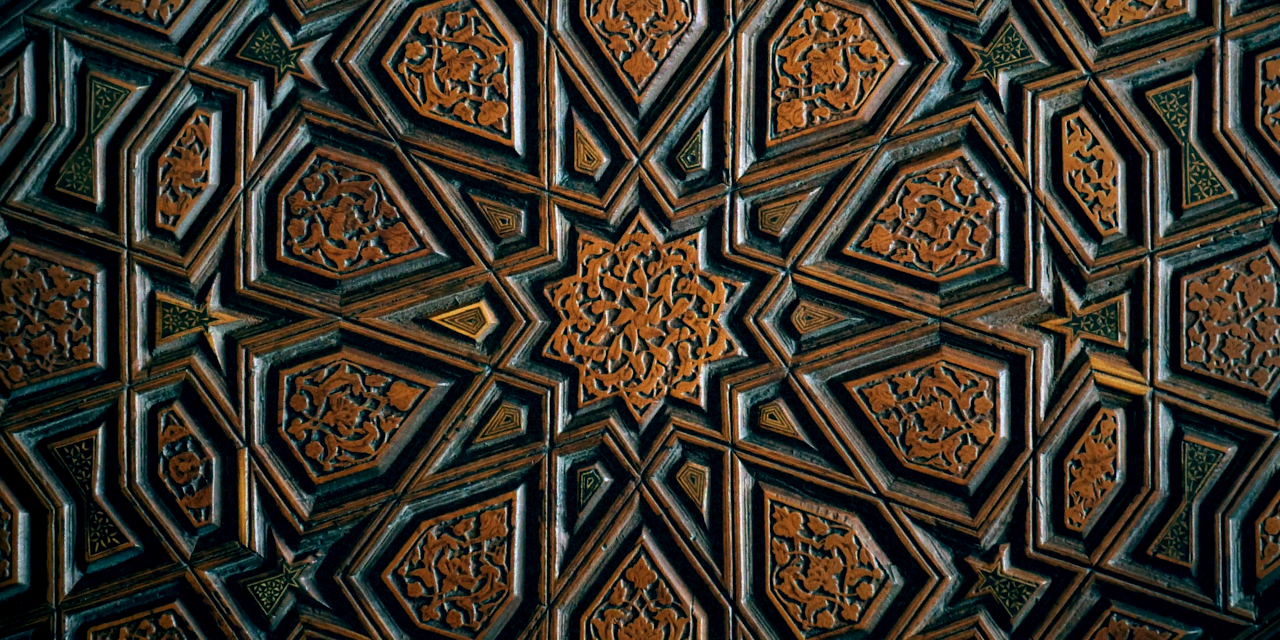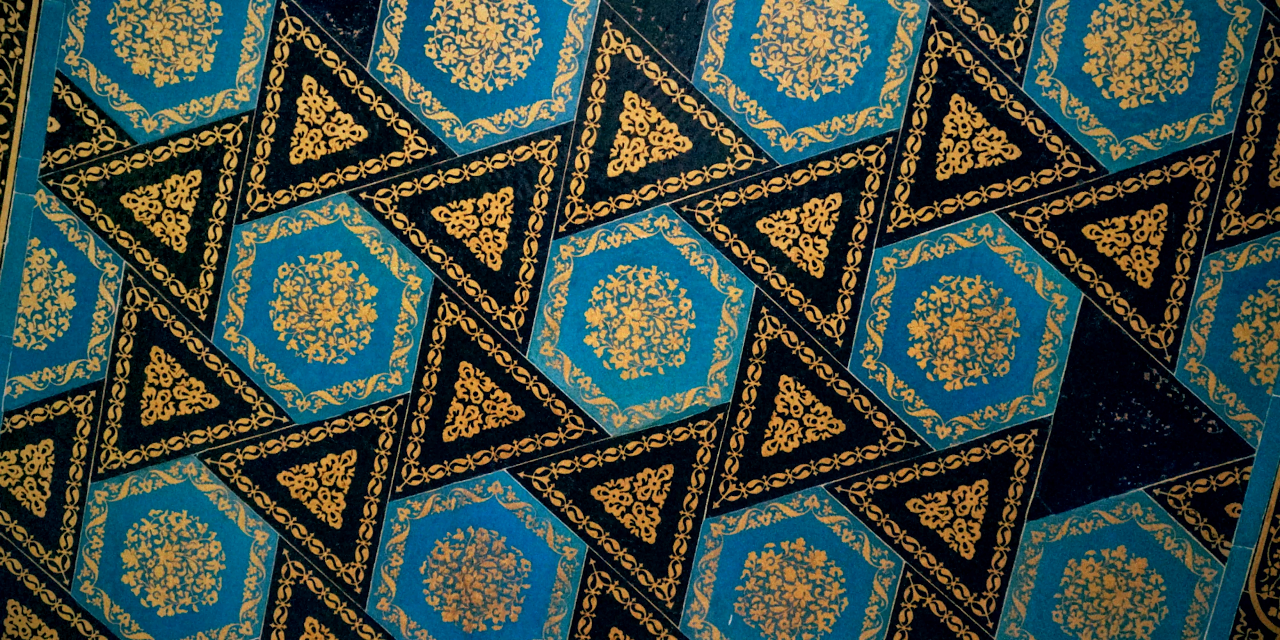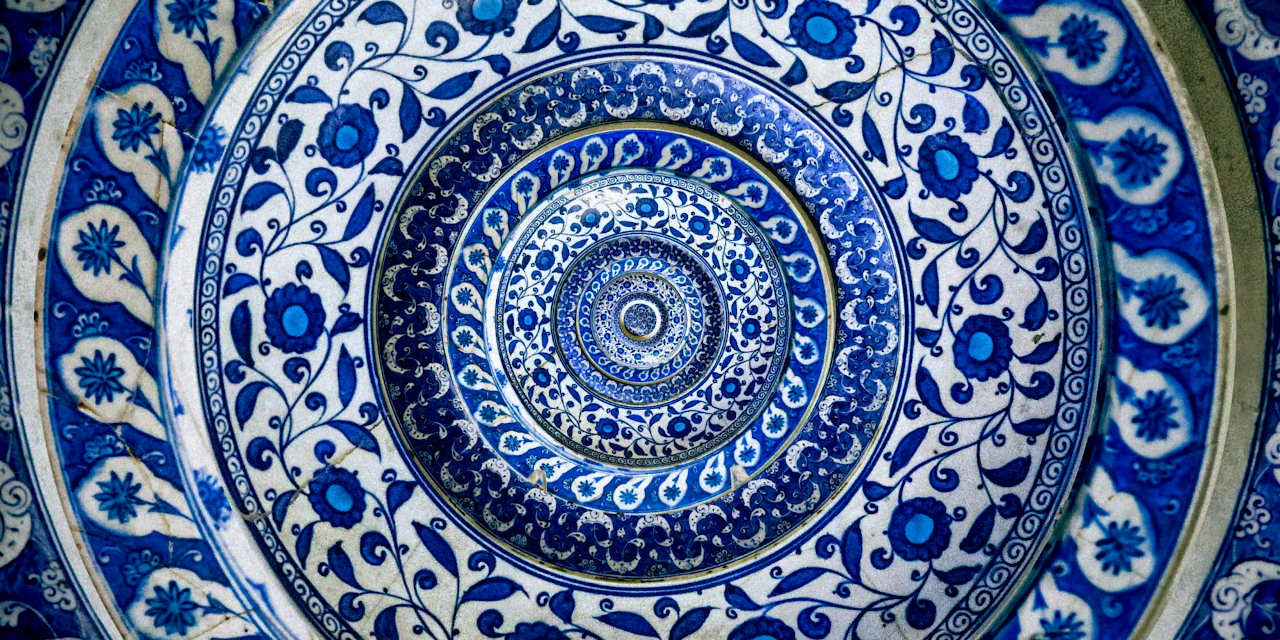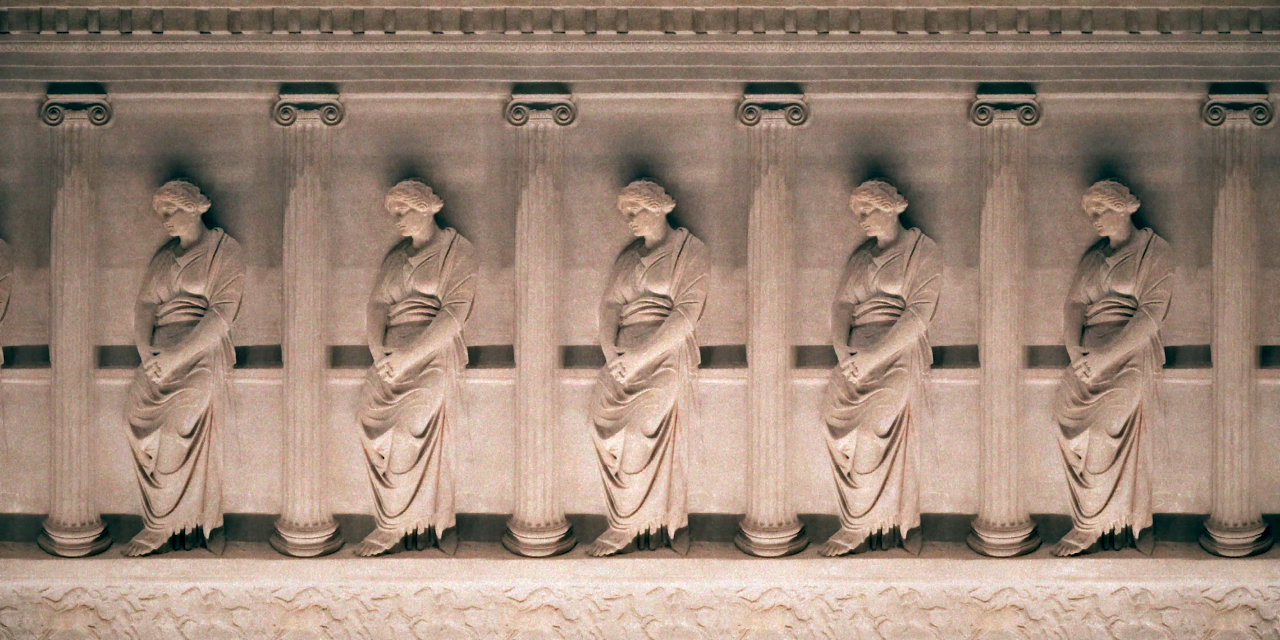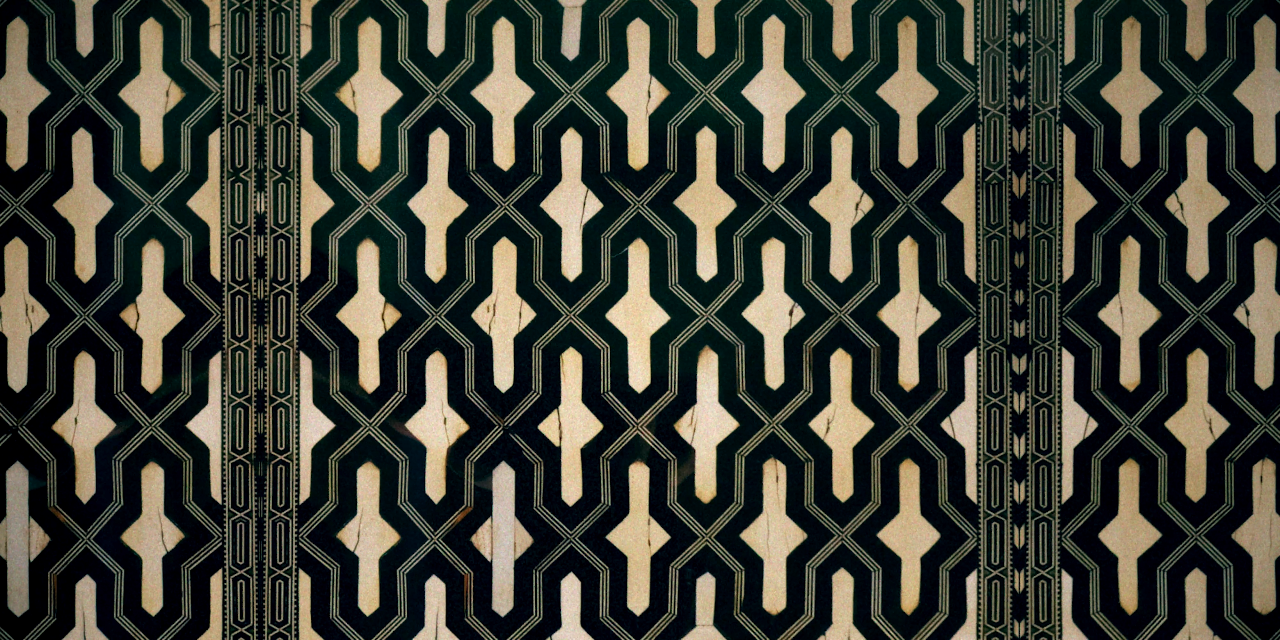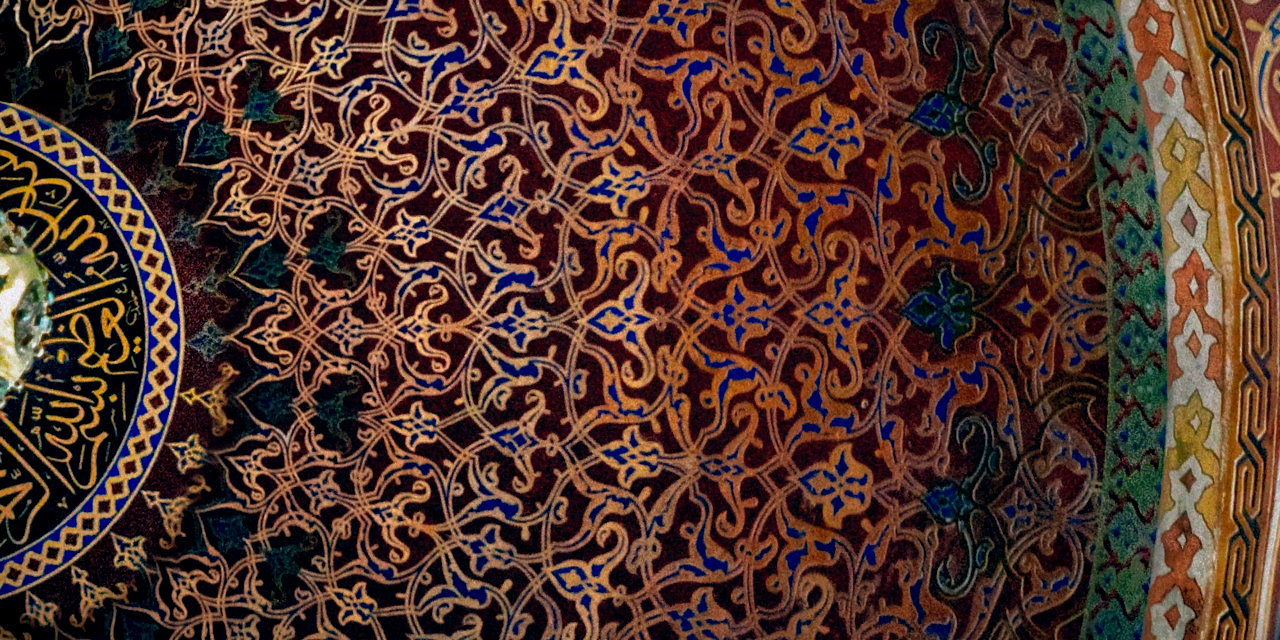takrar: A flash-cut call to ancient artists
Everyone's jumping on NFTs, digital art, and half-arsed artwork made from third-party sources. It's rather difficult to be original, regardless of what the industry is going through, and even more so now with AI playing a part in this oversaturated sector. Even if these things weren't an issue, finding quality creative work remains very hard. You have to filter through the rubbish to even start seeing anything that isn't a meme or an overhyped campaign.
But I do sometimes strike gold. I came across a video showing a kaleidoscope of mosaics and tiles with beautiful colours and patterns. It took me back to great memories of mine spent in the Middle East. The patterns aren't trying to be edgy but are a celebration of the true essence of a culture many still don't know about and are prejudiced towards.
‘Takrar’, by Syrian filmmaker Waref Abu Quba and Finnish-based music producer Alex Story, is a collaborative short film composed of over 2,000 photographs and an original, drum-focused Middle Eastern track crafted specifically to complement the mechanical and organic patterns within the visuals. It serves as a kinetic collage with an architectural essence. Its aim isn't to hypnotise but rather to merge with the viewer's mind or invite them on a journey to the other side, should they choose to embark. The collision of Middle Eastern and European cultures behind ‘Takrar’ intrigued me, prompting me to delve deeper into not only its narrative but also its production process.
Quba's fascination with moving pictures and various art forms propels his creative boundaries, leading him to experiment with unique mediums that blend camera work, animation, and innovative post-production techniques. 'Takrar' pays homage to ancient artisans and delves into the age-old craftsmanship in a modern world where everything is designed to be flawless and homogenised.
“‘Takrar’ was a self-produced passion project, finding the time to work on it and to stay focused and committed was tough. Also making decisions and committing to them and trying to avoid the rabbit holes was challenging as ‘Takrar’ could have gone in any direction. [..] My main goal is to connect with people and evoke emotions. Crafting stunning visuals is another passion of mine. I thrive on experimenting in my field, pushing the boundaries of imagery to see what unfolds.”
‘Takrar’ was a two-year journey for director Quba. After completing his previous film, 'Stadt, Licht & Bewegung,' in 2016, Quba was inspired by a sequence that depicted a moving object appearing static. “I decided that I wanted to work with ancient patterns. I started looking for a place that has recurring motifs in abundance for my new film. My desire was to make a film about the patterns of Damascus, my hometown, but that is not feasible due to the current situation there.” Quba’s refugee status meant for travel restrictions but all that changed in 2021 when his visa changed for the better and flew off to Istanbul.
“When I visited Istanbul and saw how rich this city is culturally, it was obvious to me that I wanted to make this film. Also, as a filmmaker with an artistic background, I always have the urge to express myself through films and artwork. I do a lot of paid jobs to make a living, but I live to make art for art's sake when time allows, and I wish one day to be able to do only that.”
During his time there, Quba captured approximately 2,825 photos and edited around 270 animated shorts. “Some animations were based on a single picture, such as domes, while others relied on a sequence of recurring elements like columns. Out of these, approximately 75% made it to the final version, which equates to roughly 2,100 photos finding their place in the final edit. After I had animated enough footage, I approached Alex Story, and we began working simultaneously on the visuals and music.”
For Story, this isn't the first project he has worked on with Quba. They had previously collaborated on a project in 2016, which meant they were already familiar with each other's processes and work ethics. “My wife sent me a link to watch his short film 'In Damascus.' The journey he took me on, documenting this ancient, textured city and celebrating its profound beauty while subtly acknowledging the creep of war - it sent shivers down my spine. With nothing to lose, I reached out to see if he could make any use of my music skills and was delighted to receive an email back about an idea for his next film ('Wadi Al Nasara,' 2016).”
For 'Takrar’, Quba aimed for something minimalistic, infused with Sufism spirituality yet expressive. It wasn't until he discovered Mohammad Reza Mortazavi's music that he knew he wanted a song that could tell a story. What adds an extra layer of intrigue to this visual short film is how closely the visuals, images, and music intertwine, making it difficult to discern which came first. I asked Story about the process behind creating the track for 'Takrar'. “I've always approached things visually, often before considering the auditory aspect. It's not uncommon for me to develop a visual idea that inspires a piece of music, which then becomes a guiding force in the track's creation.
I was searching for that hypnotic lead part that could draw you in and carry you along, like a guide on a strange journey. At that earlier stage, I was concerned that it was sounding somewhat indecisive, but then we collaborated with Waref's friend Robbe Kieckens, the drummer from Hands in Motion. We shared our vision with Robbe, and he recorded these phenomenal drum parts. Once I had that powerful backbone to compile and build upon, suddenly everything I'd been working on had life. No... wings." For Story, the music needs to align with the visuals, whether it's texture, space, or dimension. The iconic architecture and the dynamic collage motions all had to be conveyed through the music to harmonise with the visual elements. "I was working on something that felt much more like a kaleidoscopic, cosmic domain."
"[...] We worked on dividing the music into three chapters: a hypnotic, trance-like beginning; a meditative and melodic middle; and a belly-dance-like, rhythmic and epic ending. That immensely aided in organising the material during the editing process," Quba recalls. "Alex went above and beyond to compose music that perfectly complemented the film's visuals, and I couldn't be happier with the result. No doubt that the music played a significant role in the film's success. It's an audio/visual experience, and having that solid music to edit to was a pure joy." What's remarkable about this track is that it doesn't adhere to stereotypes of authenticity, but rather reflects what has evolved in modern times without forcing a stereotypically familiar sound that might limit its audience.
‘Takrar’ is a testament to creative filmmaking and offers a glimpse of hope for the future of film and design. This flash-cut short excites in terms of technicality, creativity, narrative, and emotional connection with the audience. In this age dominated by AI and overrun by copycat-riddled digital content, Quba and Story bring forth a beam of light to rescue us from the overly saturated and overrated imitations and the nostalgia-driven trends of the '90s. It's a refreshingly unique short film that doesn't rely heavily on characters but instead allows ancient artists to speak to us once more through a spiritual collage of tiles and architecture presented in modern mechanical motion. ▮
R


